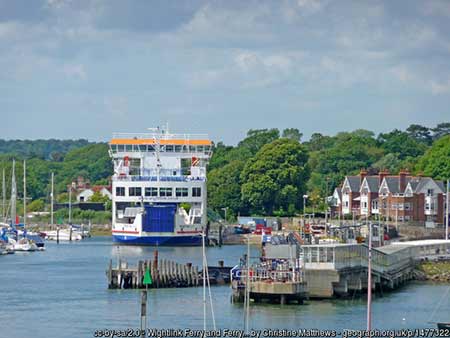Oysters in the Solent
(1) The European native oyster (Ostrea edulis)
The European native oyster is a bivalve mollusc that has a laterally compressed body within a familiar-to-many hard, rounded shell made up of two hinged parts, or valves. The shell is covered in an organic horny substance that varies in colour from pale green to yellow or brown. They are typically associated with shallow coastal and estuarine waters below low-tide level. Mature examples are around 5 - 20 cm (2 - 8 inches) in length.

(© James Box / CC BY-NC 2.0)
Oysters feed by using their valves to pump water across hair-like gill structures, in the process filtering out for food, microscopic algae and small organic particles from the surrounding water - just one oyster can filter up to 200 litres of water a day.
(2) A bit of history
The Solent was said to be Europe's largest self-sustaining native oyster fishery, with oyster beds present, for example, in the Beaulieu estuary and on the Isle of Wight at Wootton Creek, Newtown Harbour and in the Medina estuary. But that was many years ago for native oyster populations have declined by around 95% in the UK since the mid-19th century as a result of, amongst other things, over-fishing, pollution, disease and habitat loss. (Globally, an estimated 85% of oyster beds and oyster reef habitats have been lost, placing them amongst the most threatened marine habitats in the world).
Consequently, what had been a food enjoyed by the masses became the preserve of the relatively wealthy.
(3) Oysters and marine ecology
But oysters provide more than delicacies for the table for they also make a significant contribution to marine ecology by filtering the water and removing carbon, algae, organic material and nitrogen, which would otherwise deplete oxygen and potentially harm fish and other aquatic organisms.
Fish also benefit from the presence of oyster reefs, finding within safety from predation, whilst biodiversity is further increased by the presence within the beds of a wide variety of sponges, crabs, sea snails and much more.
(4) Solent Oyster Restoration Project

And so the Solent Oyster Restoration Project was conceived, managed by Blue Marine Foundation - a charity dedicated to restoring the world's oceans, to bring together scientists, fishermen, conservationists, local industry and volunteers with the aim of restoring five million oysters to the Solent over a five year period.
To this end, cages containing high densities of mature brood stock oysters - oysters used for breeding - have been hung below the water line beneath existing pontoons, facilitating over time the release of millions of larvae. Additionally, to promote natural recruitment and re-establish wild oyster beds, juvenile oysters have been used to re-seed protected seabed 'sanctuary' sites created in places closed to commercial fishing.
As at mid-August, 2020, sixty-nine thousand native oysters had been restored to the Solent, twelve oyster restoration sites had been established, two hundred volunteers had worked on the project and ninety-seven marine species had been found living in the oyster cages, including critically endangered European eels, juvenile spiny seahorse and sea bass.
And in the same month it was reported that cages containing a further three hundred mature brood stock oysters had been placed near the Wightlink ferry port in Lymington.
The future, then, for oysters in the Solent looks distinctly promising.
Find out more about oysters in and around the Solent
References:
The Native Oyster Network
Blue Marine Foundation
Advertiser and Times
Wikipedia
Quick links
More links
Search this site

